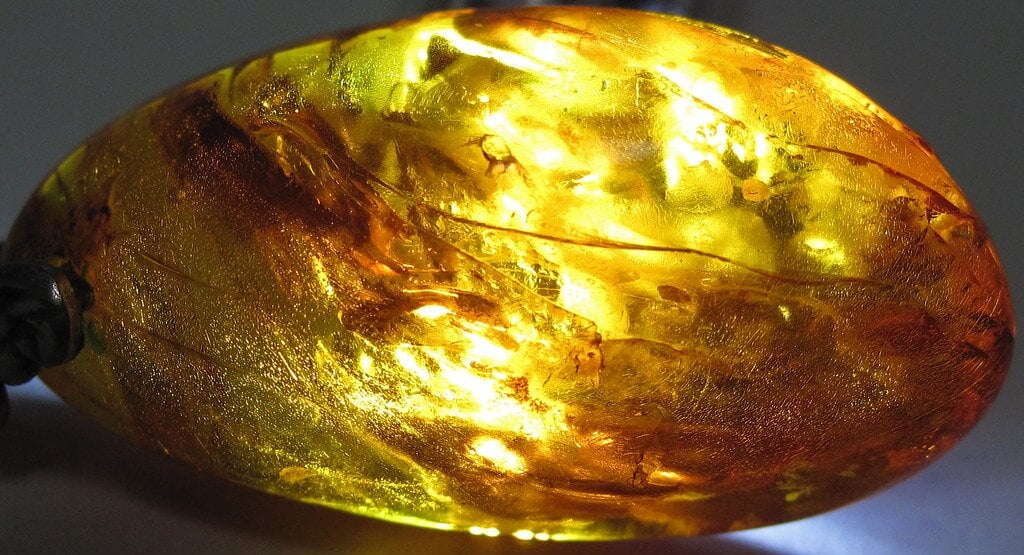Scientists Find Amber Fragments in Antarctica for the First Time
Source: GreekReporter.com

Scientists have made a historic discovery, finding amber fragments for the first time in one of Earth’s coldest places, Antarctica. This discovery, led by Dr. Johann P. Klages from the Alfred Wegener Institute and Dr. Henny Gerschel from Freiberg University of Mining and Technology, closes one of the last gaps in the global map of amber sites.
Named “Pine Island amber” after its discovery location in Pine Island Bay, Amundsen Sea, this find brings critical new information about the ancient environments of Antarctica.
Antarctica’s past ecosystem
The amber, retrieved from a 946-meter-deep ocean core during a recent expedition, holds clues about what West Antarctica looked like roughly 90 million years ago, during the Cretaceous period.
By examining these amber pieces, scientists are piecing together a vivid picture of prehistoric plant life and climate near the South Pole.
Dr. Klages explains that the amber offers essential insights into the vegetation and ecosystem that once thrived in Antarctica’s now-frozen terrain, pointing to a time when the continent had a much warmer climate.
High-quality preservation of tree resin
In studying the amber, researchers noted tiny remnants of tree bark, or microinclusions, preserved within it. Under light and fluorescence microscopes, they observed clear, translucent particles, indicating that the amber was preserved near the Earth’s surface, avoiding the high heat or pressure that would typically degrade it.
Dr. Gerschel highlighted that this high-quality preservation suggests the resin was stored in conditions close to the surface, adding to its value as a window into past ecosystems.

The amber pieces also suggest that trees in ancient Antarctica developed defense mechanisms similar to those found in modern forests. Some fragments show signs of “pathological” resin flow—a defense response from conifer trees to seal off bark damage from insects or fire.
This resin flow created a chemical barrier that protected the trees from infections and environmental threats, revealing a complex, adaptive forest ecosystem.
A glimpse into Antarctica’s ancient forests
These findings contribute to a growing understanding of Antarctica’s mid-Cretaceous environment, which may have resembled today’s temperate forests with dense, humid vegetation filled with conifers and other resin-producing trees.
Previous studies, such as one published in Nature in 2020, have pointed to thick forests near the South Pole, further supporting the idea of a once-lush, green Antarctica. For Dr. Klages and Dr. Gerschel, this discovery is not just a scientific breakthrough, it’s a rare opportunity to explore Earth’s distant past.
The study of Antarctic amber may offer vital insights into how ecosystems evolved and adapted over time, helping scientists better understand the resilience of natural systems. This ancient resin from Antarctica provides a valuable glimpse into the cycles of climate and ecological change, which could shed light on our planet’s potential response to modern climate challenges.
The original article: belongs to GreekReporter.com .
